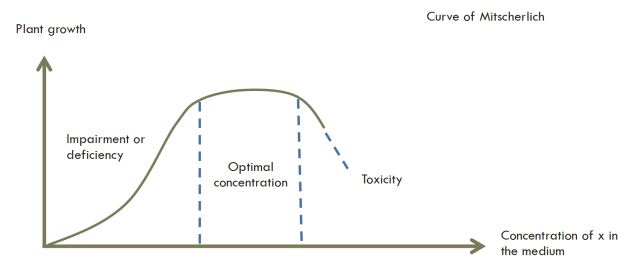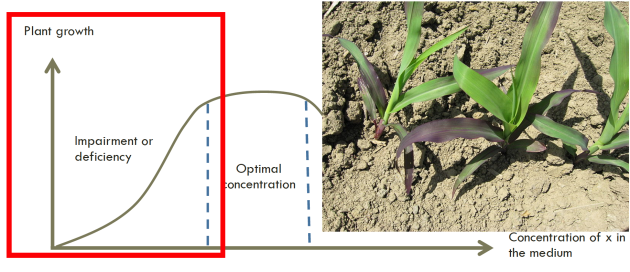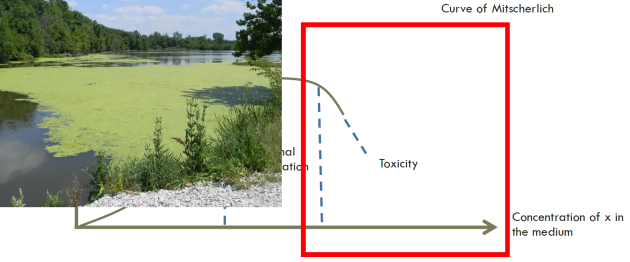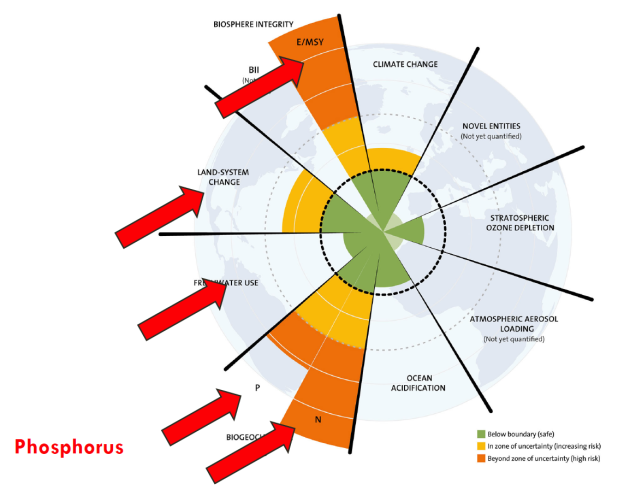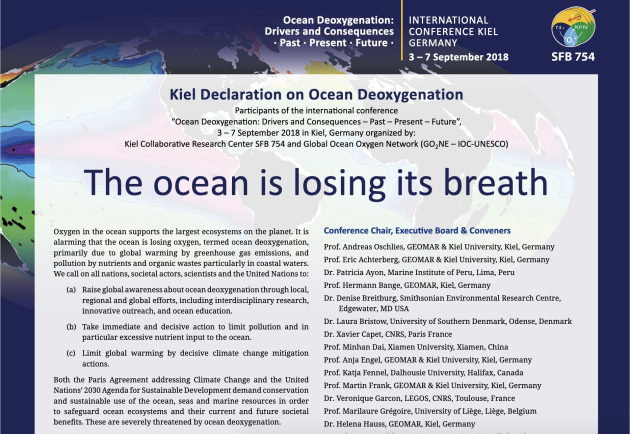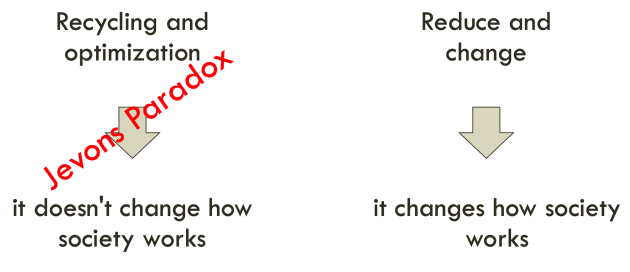Anthropogenic phosphorus input
Why phosphorus became toxic ?
An ever increasing amount of phosphorus in ocean.
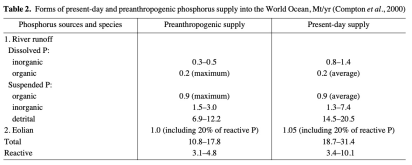
(Baturin, 2003)
(Gaujous, 1995)
Eutrophication phenomenon
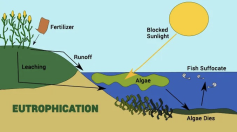
(Pinay, 2018)
Social consequences :
Crystalization of social tensions
Agricultural world, local elected officials and environemental protection associations
DIfferent environement conceptions of public action, social responsability and scientigic knowledge
Why is it important ?
Current phosphorus dependency
Rapid food demand to rapid population growth
Rectification of phosphorus deficiency of soils
Saving people from starvation
« 90% of global demand for phosphorus is for food production, currently around 148 million tonnes of phosphate rock per year (Smil, 2000a, Smil, 2000b, Gunther, 2005) »
(Cordwell, 2009)
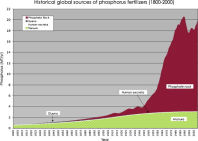
Phosphorus peak
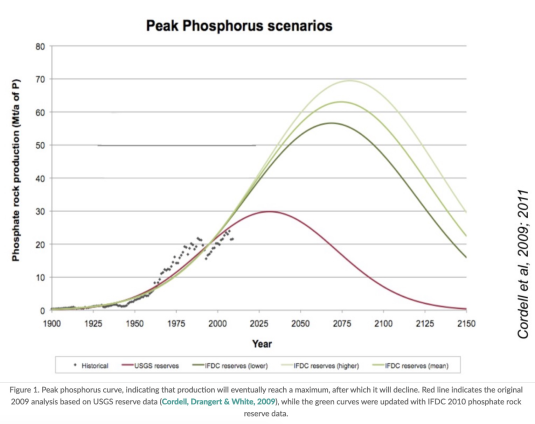
(White, s.d.)
Prospective of phosphorus demand
« Following more than half a century of generous application of inorganic high-grade phosphorus and nitrogen fertilizers, agricultural soils in Europe and North America are now said to have surpassed ‘critical’ phosphorus levels »
« Consequently, demand for phosphorus in these regions has stabilized or is decreasing. »
« However in developing and emerging economies the situation is different. Global demand for phosphorus is forecast to increase by around by 3–4% annually until 2010/11 »
=> high demand and an approaching peak...
A new war on phosphorus ?
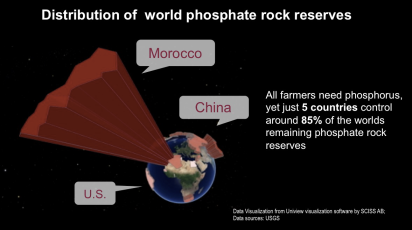
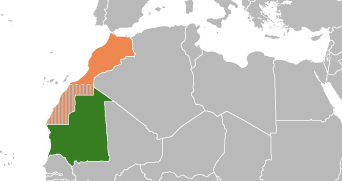
(Wikipedia, s.d.)
How can we ensure the safety of phosphate supplies?
Phosphorus security goals might therefore include:
"Increase number of people fed per tonne phosphorus input, or, reduce total phosphorus demand while maintaining food/agricultural output;
Reduce dependence on phosphorus imports (to reduce vulnerability to geopolitical dynamics and thereby increasing long-term access to phosphorus);
Ensure healthy soils (no phosphorus-deficiency, no phosphorus accumulation, balanced nutrition and presence of organic matter);
Ensure farmers needs are met (e.g., maintaining or increasing productivity; ensuring access to phosphorus fertilisers);
Reduce losses and wastage where avoidable;
Reduce eutrophication and pollution by preventing phosphorus from the food system from entering waterways."
4/5 phosphorus mined for food production never actually reaches the food on our forks
Existence of a whole toolbox of phosphorus recycling and efficiency
Low tech and high tech phosphorus recovery in the sanitation sector to changing diets
Sustainable management of phosphorus
Possible solutions for the management of phosphate nutrition of tropical crops in the context of ecological intensification :
Making better use of the diversity of the plant world and genetic resources
Greater use of species assemblages in time and space
Make more efficient use of mineral and organic inputs
Assessing the potential of microbial inoculants and bio-effectors
Maintain and promote the activity of the soil's macrofauna
earthworms = ver de terre
(Hinsinger, 2015)
